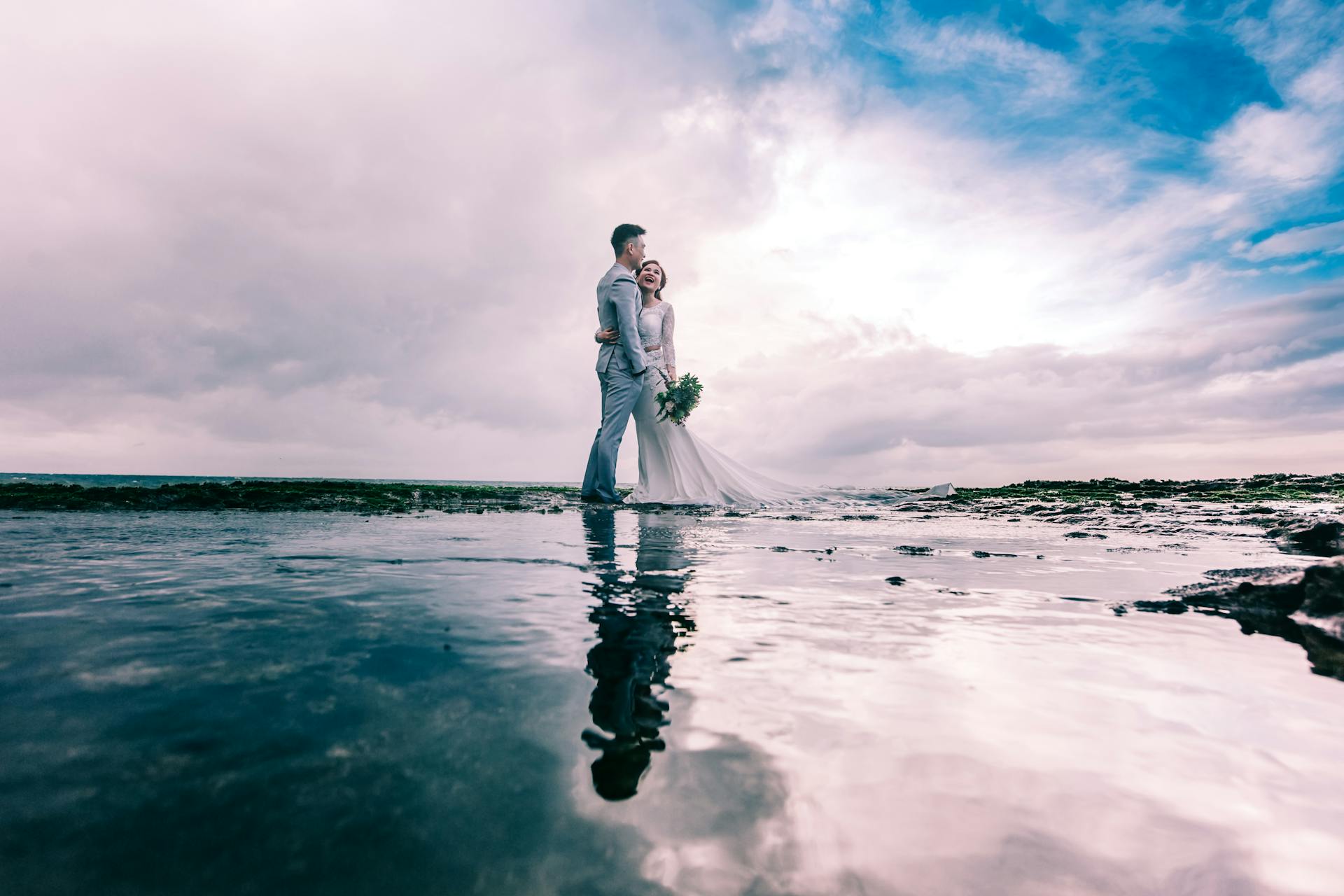Is it tradition to ask for hand in marriage?
In many American marriage traditions this scene still unfolds. The act signals respect to the bride’s family. It dates back to a time when marriage meant an alliance of property. Money, land, and lineage ruled each decision. Today, love sits at the center, yet parents appreciate the courtesy. I tell clients, “If your partner values the gesture, do it; if she prefers a private proposal, listen to her.”.
The practice now varies by region. In native American courtship and marriage traditions, elders guide the couple, so the man consults clan leaders instead of a single parent. In German marriage traditions parents host a Polterabend, a dish-smashing party that welcomes both families; the request blends into the celebration. My cousin in Berlin said the clatter of plates made any formal blessing unnecessary. Thus, the custom adapts. The constant factor is consent, spoken or implied.
Some ask me, “What if her family lives abroad?” Technology rescues you. A video call, a warm greeting in their language, and a simple request earn goodwill. Real foreign brides often tell me they value a sincere tone more than ceremony.
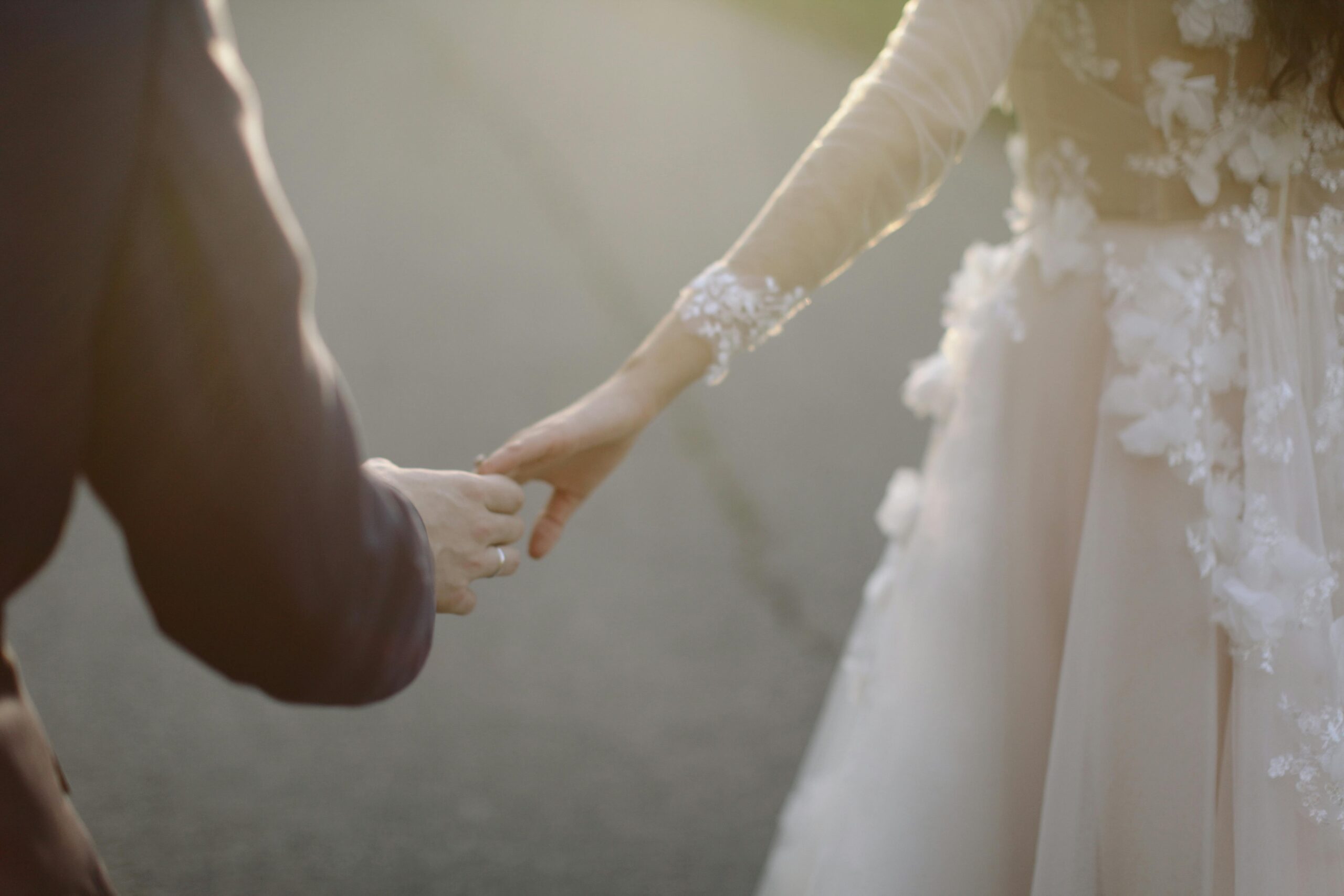
What Is Tradition Marriage?
Tradition marriage sounds grand, yet it means different things in different homes. The core elements look like this:
- Public commitment. Vows before witnesses seal the bond.
- Exchange of gifts. Rings, dowries, or symbolic items mark the contract.
- Witnesses or sponsors. Bridesmaids, groomsmen, or godparents support the pair.
- Community blessing. A prayer, dance, or feast celebrates the union.
Let me share my own wedding. My bridesmaid loved salsa, so we hired a local Cuban band. My Irish-American husband invited a bagpiper. Two lines of dancers met on the floor. Nobody cared that the mix made no sense in the program sheet. The joy proved what matters: both families felt included.
You might feel anxious about cost. Remember that Mexican marriage traditions often feature padrinos, sponsors who donate flowers or cake. Couples share duties and cut expenses. The same key applies everywhere: involve loved ones and keep the ceremony true to your story.
Global Views on Marriage Traditions
Below you can see quick snapshots that broaden your options.
- Jewish marriage traditions break a glass underfoot to warn against broken trust.
- Japanese marriage traditions honor ancestors with a sake-sharing ritual called san-san-kudo.
- African marriage traditions often bind the pair with a woven cloth during the vow.
- Irish marriage traditions feature the Claddagh ring, worn outward or inward to show status.
- Filipino marriage traditions drape a veil and cord over bride and groom to show unity.
- Eastern Europe marriage traditions gift bread and salt, symbols of prosperity.
- German marriage traditions place heavy logs for the couple to saw, proving teamwork.
- Native American marriage traditions in the Southwest use a basket of corn pollen to bless fertility.
American marriage traditions range from beach elopements to church bells, yet each still uses that simple phrase (I do!).
Interesting Facts: when mafia tradition says you must personally tattoo him before marriage, remember that ink wears forever while fashion changes each season. Think twice, laugh, then choose your own symbol.
Where Did the Tradition of Marriage Come From?
Anthropologists date the earliest evidence of marriage to Mesopotamia, around 2350 BCE. Leaders sought clearer lines of inheritance. Brides moved from father’s household to husband’s. That transfer created the concept of dowry. In Ancient Rome, brides carried a torch to their new home, lighting the hearth. The spark signaled a new family line.
Religion soon shaped ceremony. Jewish marriage traditions introduced the ketubah, a contract protecting the bride’s rights. Christian rites added the white dress after Queen Victoria wore one in 1840. In Asia, red garments signified luck; my friend Ayumi still treasures her mother’s crimson kimono.
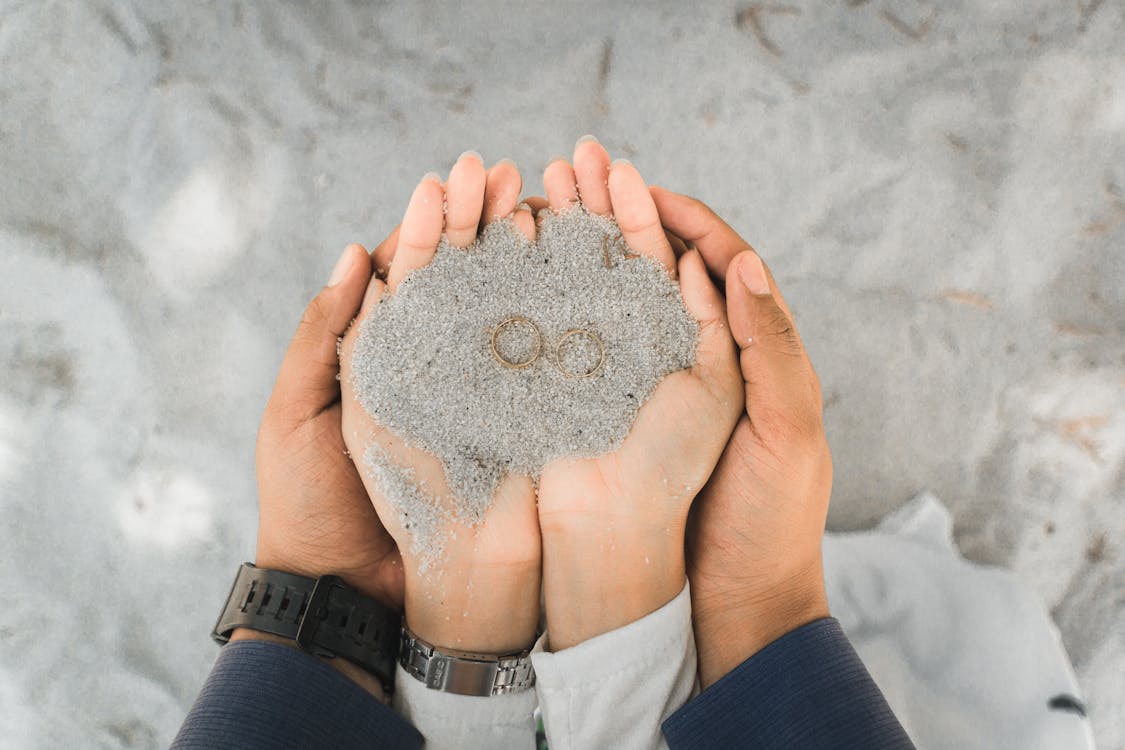
Colonial settlers brought European customs to what became the United States. They mixed them with native American marriage traditions, creating fresh blends. The Cherokee “Blanket Ceremony” covers the couple with a single woven piece while a minister prays. Later, pioneers adopted diamond engagement rings after an aggressive De Beers campaign in 1938. Marketing turned a sparkly rock into a near-universal sign of devotion.
Fast forward to the digital age. Mailbrides websites pop up. They promise men a path to meet brides abroad. My professional stance is clear: build respect, ask clear consent, and treat real foreign brides as equals, not commodities. Love thrives on balance.
Marriage Traditions in America
Living in Ohio, I witness both rustic barn weddings and sleek rooftop vows. The same state hosts Amish buggy processions and Nigerian cloud dances. U.S. law permits wide freedom, yet couples still crave ritual. Bridesmaids still fix veils, and grooms still fumble with cuff links. The urge to mark the day never fades.
In my practice, I invite couples to list the rituals each partner values. One groom asked that his Polish babcia’s bread and salt appear beside a Mexican lasso cord. He feared the mix would confuse guests. It didn’t. Guests cheered louder.
How Has the Tradition of Arranged Marriage Shifted Today?
Parents once picked spouses to secure land, titles, or clan peace. Now, many societies embrace choice, yet family input lingers. In Indian communities, modern arranged marriage looks more like a curated dating service. Parents vet matches on apps, yet the couple holds final veto power. I coached a Punjabi client who met her groom on Shaadi.com, chatted four months, then used my video counseling sessions before saying yes.
Japanese parents still organize omiai introductions. Yet couples add coffee dates, hikes, even game nights before announcing engagement. My friend Yuki jokes, “Mom screens him; I test him at karaoke.”
Latin American families also adjust. A link on marriage ceremonies and traditions in Spanish-speaking countries shows how padrinos and madrinas now fund not only church décor but also Zoom streaming so a cousin in Madrid can watch. Elders feel involved without smothering autonomy.
In East European regions, matchmakers once roamed villages. Now, dating platforms pitch themselves as mail order brides hubs. The phrase may raise eyebrows, yet many couples grow from these sites. The key lies in meeting on equal terms. I encourage both sides to share expectations openly, include translators, and visit each hometown before setting a date.
The pandemic accelerated change. Lockdowns closed banquet halls, so small porch ceremonies rose. Brides swapped ball gowns for garden dresses. Arranged matches moved online. I saw parents in Lagos negotiate bride price on WhatsApp while the young pair giggled off camera. The heart adjusted.
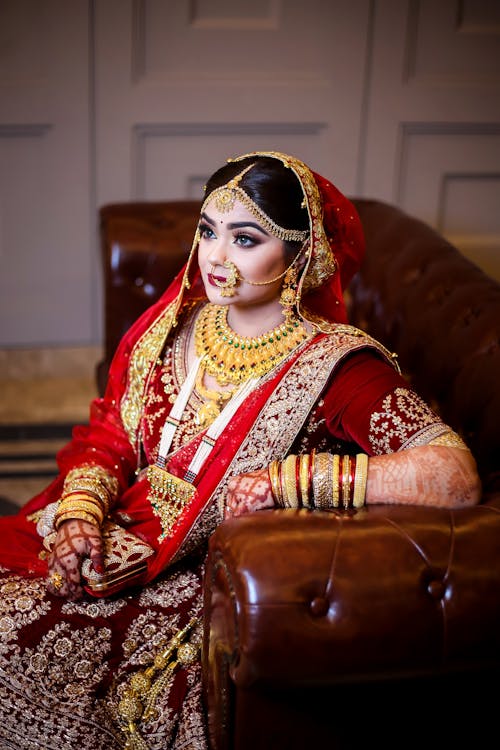
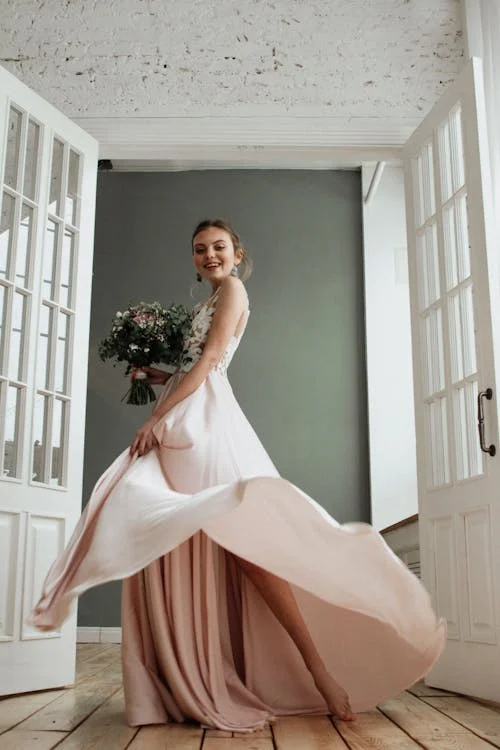
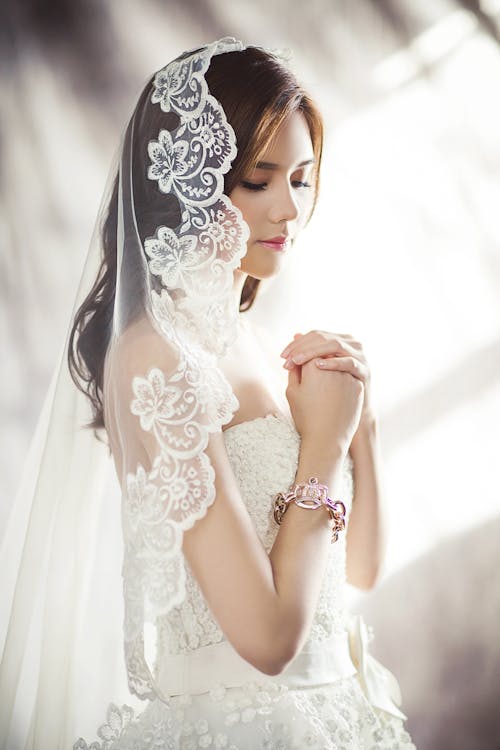
My Work with Arranged Pairs
Three years ago, I counseled a Filipino nurse and a U.S. Navy officer. Their families met through a church network, then used a classic mailbrides site to swap documents. She worried about leaving Manila. He feared her relatives saw him as a ticket to visas. We drafted clear plans for visits, savings goals, and which cousin would live in their spare room. Relatives calmed down; the wedding took place beneath mango trees. Her grandmother wrapped them in a Filipino cord, while a Navy buddy read a Psalm. The marriage thrives today.
Should You Ask for the Hand?
1. Gauge your partner. Some brides view the gesture as sweet, others as outdated. Listen first.
2. Consider culture. Mexican marriage traditions may expect a formal plática with both parents. Jewish families often host a l’chaim party where the future groom toasts relatives.
3. Check family history. If parents divorced bitterly, a request might stir pain. A private blessing from a mentor can replace it.
4. Time it well. Ask when parents feel relaxed, not during holiday chaos.
5. Keep it short. Praise the bride, state your intent, seek their joy. No speeches on stock portfolios.
6. Add a small gift. A homemade pie, a bouquet, or even tickets to a local play shows care.
7. Honor single parents. Address widowed or divorced guardians with direct warmth. They carried the load alone; respect that.
What If the Family Says “No”?
That answer stings, yet it occurs. Hold calm. Ask reasons, acknowledge fears, and propose more meetings. If resistance remains, discuss boundaries with your partner. Mature couples weigh family bonds against their bond. Therapy helps.
Creative Alternatives
- Joint proposal: Couple visits parents together and announces mutual decision.
- Letter or video: Useful across oceans, ideal for real foreign brides and mail order brides scenarios.
- Group dinner: Blend the question with a toast so pressure lowers.
- Cultural twist: In Irish settings, the groom can present a Claddagh ring to the bride’s mother first, then to the bride.
A Look at Bridesmaids and Groomsmen
Early Roman law required ten witnesses to fool vengeful spirits. That role evolved into bridesmaid and groomsman. Today, these friends plan showers, calm nerves, and stand guard over the rings. Remind them that respect beats viral TikTok pranks. I saw a best man hide the ring as a joke; the priest threatened to halt the mass.
Choose allies who support your bond. A sister still grieving divorce may need time before stepping into satin. Offer her another role. Honest talk avoids drama.
Meeting Brides Abroad Safely
Websites that help you meet brides promise quick romance. Yet safety and respect come first.
- Use verified platforms. Check ID protocols.
- Video chat early. Body language speaks volumes.
- Plan visits in both directions. Your turf, then hers.
- Discuss money soon. Mailbrides scams use vague expenses.
- Study local laws. Some nations require seminars before marriage licenses.
My colleague married a Serbian teacher he met through mailbrides chat. Their first trip included her cousins, a translator, and a notary. Six months later she flew to Denver, saw his house, and met his boss. Red flags? None. Green lights? Plenty. They now run a bakery together.
Summary
You now see how marriage traditions shift, merge, and reappear. The question, “May I marry your daughter?” still carries weight, yet it bends to each family’s story. Respect, consent, and clear talk keep love safe. From Japanese sake cups to African cloths, symbols matter because hearts invest meaning in them.
Talk with your partner tonight. List customs that touch both of you. Then plan a request or skip it based on shared values. If doubts linger, consult a certified marriage expert. Love grows when guidance meets courage.
Much love, Jose 🥰

